
© Jacqueline Mitelman. (Click image for larger version)
www.lucyguerininc.com
www.rambert.org.uk
5 Questions to Lucy Guerin on Macbeth and her first work for Rambert – Tomorrow
Well known in North America and her native Australia Lucy Guerin is starting to do more in the UK and Europe and this week unveils her new work for Rambert. Graham Watts finds out more…
Tomorrow continues your use of Macbeth as a source, following your recent collaboration with Carrie Cracknell, at the Young Vic. Shakespeare plays are a frequent inspiration for choreographers, but not Macbeth. What has attracted you to the “Scottish Play” as a narrative for dance theatre?
Macbeth grew out of working with Carrie on some experiments with text, theatre, dance and music. We were trying ways for dance and theatre to have an equal integrity within one production. David Lan from the Young Vic suggested that perhaps this amalgamation of forms might be right for Macbeth. One of our guiding principles was that the text in the play would recede by the end while the movement gained momentum, just as Macbeth’s madness consumed him. The witches became the drivers of this chaos and unrest and Birnam Wood and Macbeth’s destruction were enacted by the physical intensity of the movement.
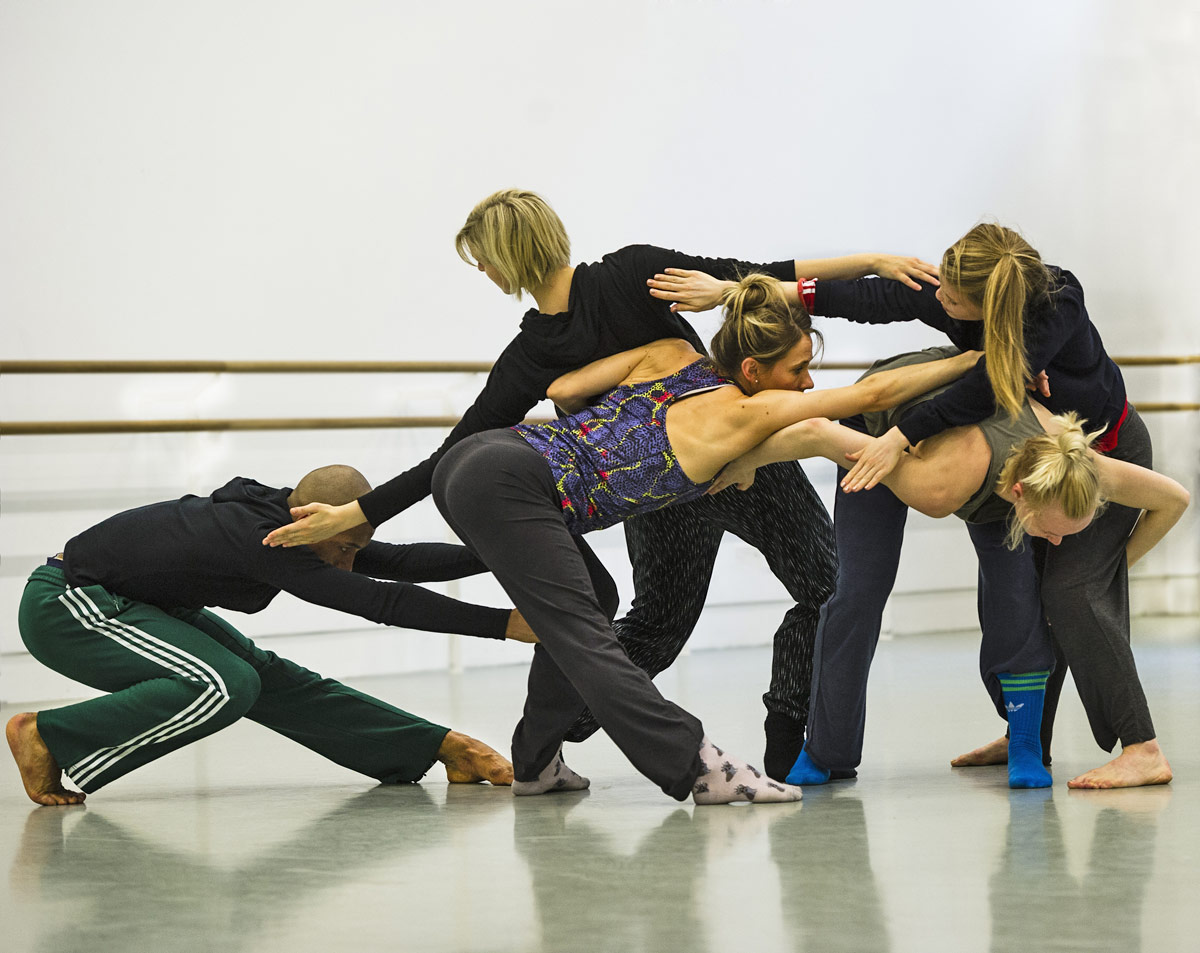
© Foteini Christofilopoulou. (Click image for larger version)
For the dance that followed on from this production, I was interested in splitting the theatrical and dance movement apart, as a kind of experiment in how we would then view the work. So although the starting point is embedded very deep in Macbeth, it has led me to questions about the nature of dance and theatre and how they communicate differently to audiences.
What have been the particular difficulties in translating the play into dance [and do the same superstitions apply in dance, as in theatre]?
In making Tomorrow I have steered away from the idea of a translation. I am not attempting to retell the story of Macbeth through dance. My piece is called Tomorrow and the play is a jumping-off point for me as an artist. The text of the play intrigues me and I am attempting to find that level of articulation through dance itself. I am working with ideas of the concrete and the immaterial, duality, premonition and the inevitability of time. All these are present in the play but instead of expressing them through text, I want dance to speak about them on its own terms. Audiences should not expect to read the story of Macbeth in my production.
I haven’t mentioned the superstitions in rehearsal, since I didn’t want to open that can of worms!!!
I understand that your interpretation for Rambert focuses special attention on the three witches – what is the rationale for that? And what else should the audience be prepared for in terms of your creative priorities?
In my production the stage is divided into two halves. On one side there is a plotting out of scenes from the play in reverse order beginning with the death of Macbeth. On the other side are seven dancers who embody the more abstract elements of the play, many of which are associated with the witches. Shakespeare refers to the witches as the ‘Weird Sisters’. In this context ‘weird’ derives from the Anglo-Saxon word, ‘wyrd’, which roughly means fate or personal destiny. Time has a less linear nature here where sometimes a man is doomed and cannot escape the course that events will take.
When the three ‘witches’ meet Macbeth in my production, it is the only moment where we see the play side of the stage connect with the non-literal danced side of the stage. It is a meeting that brings the fractured nature of the work together, a sealing of a complex fate.
You have been a very successful award-winning choreographer in your native Australia and in the USA but your work is less well-known here in the UK. How would you describe your approach to making dance and your style of choreography?
In my work I want to make something that is articulated through movement and choreography, and with those forms being the primary initiators. My approach to making dance is to begin with a proposition, or an idea, that I want to explore and then allow to develop through the transference of that idea from thought into the physical realm. I like to remain conscious of how this materialisation through dance, space, structure and interaction with other forms can offer new information and new directions to the outcome of the piece. So in rehearsals, there is a lot of flux in the path that the work takes. The dancers are a big part of that; their responses to my directions and their personalities and abilities contribute to how the ideas take shape. It’s important for me that the process influences the content of the work.
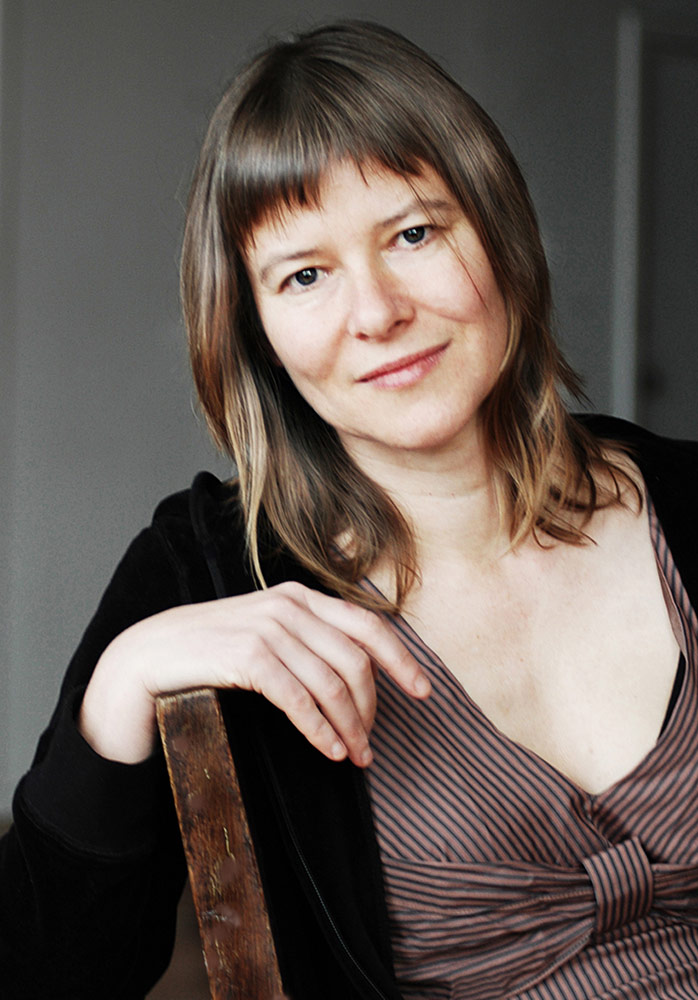
© Jacqueline Mitelman. (Click image for larger version)
My work usually has a clear structure and concept and the movement is often quite detailed, sometimes minimal, with a focus on the arms and upper body. I have been influenced by the time I spent as a dancer in New York in the 90’s and continue to pursue movement invention and the breaking down of habitual ways of moving and of perceiving dance.
There has been a lively debate in the UK, in recent years, about the problems faced by women choreographers and the very low proportion of works made for leading companies (ballet and contemporary) by women. You have been very successful over many years. Have you had to fight against the odds to achieve what you have done? Do you feel that women choreographers have a harder time to get noticed and invited to make work?
It’s a complex question. I have prioritised making works for my own company that I have built up over many years in Melbourne. This has given me the freedom to experiment and to define my work as a choreographer and I have been very well supported in Australia to do this. I have rarely felt disadvantaged because I was a woman, but I have many times struggled with my own sense of authority which I think is true for many women in many professions. I have had to work hard at leadership as it wasn’t something that was expected of me in my early training. I do think there is a need to prove yourself as a director and someone capable of commanding respect.

© Foteini Christofilopoulou. (Click image for larger version)
I think there is a conventional authority that male choreographers have which makes their voices easier to hear. It is well known that in dance, a far greater number of girls are involved in dance than boys in the early years of learning, and that today it is predominantly men who are running dance companies and receiving major commissions. There is something terribly wrong with this. I think it is in part due to the fact that to begin dancing as a boy, you need to be a very strong individual to start with due to social stereotyping; and that you will receive a lot more encouragement and attention than your female counterparts. Chances are that you will start later and be more formed as an individual and this puts you in a very strong position to become a leader in the field.
Women who are training in dance need to be encouraged to stand out as well, to embrace their idiosyncrasies and differences and be confident in their unique perspectives of the art form. The discipline and obedience of dance training somehow obliterates the agency and individuality of dancers. This encouragement of self through ideas as well as physical training needs to form a greater part of the education of dancers, especially girls. During my training as a dancer I wasn’t the ‘best’ in my class. But I had a different aesthetic approach and a different connection to dance than most of my class mates. It took many years to realise this was my greatest advantage as a choreographer. This was very seldom mentioned during my training, though I’m sure (I hope!) it’s different now. We need to encourage young women as dancers, choreographers and in all professions to have confidence in their voices and authority in how they present their ideas.
And yes! We should take chances on more up and coming female choreographers. It is not about lack of talent.










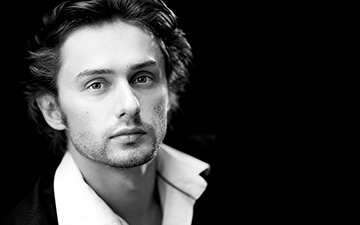
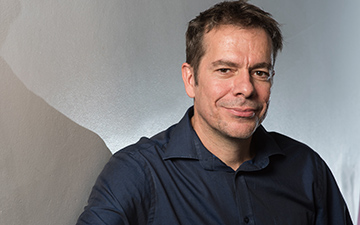


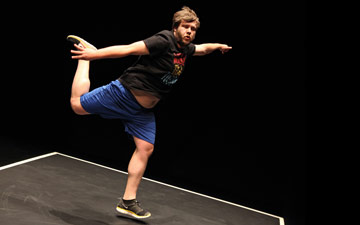


You must be logged in to post a comment.